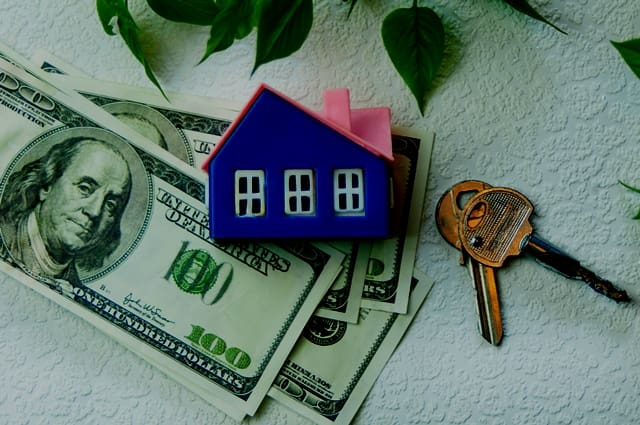Buying your first home is an exciting milestone, but the journey to homeownership begins long before you get the keys. One of the biggest hurdles potential homeowners face is saving for a down payment. This initial financial leap can feel overwhelming, especially if you’re new to the real estate market. However, with a strategic approach and disciplined savings plan, reaching your down payment goal can be more attainable than you think. In this blog post, we’ll explore practical tips and effective strategies to help you save for a down payment on your first home, ensuring you’re well-prepared to step into your new abode.
Understanding Down Payments
Before diving into savings strategies, it’s crucial to understand what a down payment is and how it impacts your home purchase. A down payment is the upfront money you pay when buying a home, typically expressed as a percentage of the purchase price. The standard recommendation is 20%, but various loan programs offer lower requirements. A larger down payment can help you secure better mortgage terms, lower monthly payments, and potentially avoid private mortgage insurance (PMI). Knowing these details can help you set a realistic savings target and understand the benefits of a higher down payment.
Setting a Savings Goal

The first step in saving for a down payment is setting a clear, achievable goal. Start by researching home prices in your desired area to get an idea of how much you’ll need. Factor in additional costs such as closing fees, moving expenses, and an emergency fund. Once you have a target amount, create a timeline for when you want to buy your home and break down the total into manageable monthly savings. Setting a specific goal not only makes the process less daunting but also provides a clear roadmap to follow.
Creating a Budget
A detailed budget is your best ally in saving for a down payment. Start by tracking your current income and expenses to identify areas where you can cut back. Consider adopting a budgeting method, such as the 50/30/20 rule, where 50% of your income goes towards necessities, 30% towards discretionary spending, and 20% towards savings. Prioritize reducing non-essential expenses and redirecting that money towards your down payment fund. Regularly reviewing and adjusting your budget will keep you on track and motivated.
Exploring Savings Options
Maximizing your savings potential involves exploring various financial tools and accounts. High-yield savings accounts, certificates of deposit (CDs), and money market accounts can offer better interest rates than traditional savings accounts. Additionally, look into employer-sponsored savings programs, government assistance programs, and first-time homebuyer grants. Automating your savings by setting up regular transfers to your down payment fund can also help ensure consistent progress without the temptation to spend.
Increasing Your Income

While cutting expenses is crucial, increasing your income can significantly accelerate your savings. Consider taking on a side job, freelancing, or selling unused items to boost your income. Explore opportunities for career advancement or negotiate a raise at your current job. Even small increases in your monthly income can make a big difference over time. Combining income-boosting strategies with disciplined savings can help you reach your down payment goal faster.
Staying Motivated
Saving for a down payment is a long-term commitment that requires persistence and dedication. Stay motivated by regularly visualizing your goal and celebrating small milestones along the way. Keep a picture of your dream home in a place where you’ll see it often, or use a savings tracker to visually represent your progress. Surround yourself with supportive friends and family who can encourage you on your journey. Remember, each dollar saved brings you one step closer to owning your first home.
Saving for a down payment on your first home may seem challenging, but with the right strategies and mindset, it’s an achievable goal. By understanding the importance of a down payment, setting a clear savings target, creating a detailed budget, exploring various savings options, and finding ways to increase your income, you can make steady progress towards homeownership. Stay motivated and focused on your goal, and before you know it, you’ll be stepping into your new home, proud of the financial journey you’ve undertaken.
#HomeBuying #FirstHome #DownPayment #SavingTips #FinancialPlanning #HomeOwnership #RealEstate #FirstTimeBuyer #Budgeting #MoneyManagement
